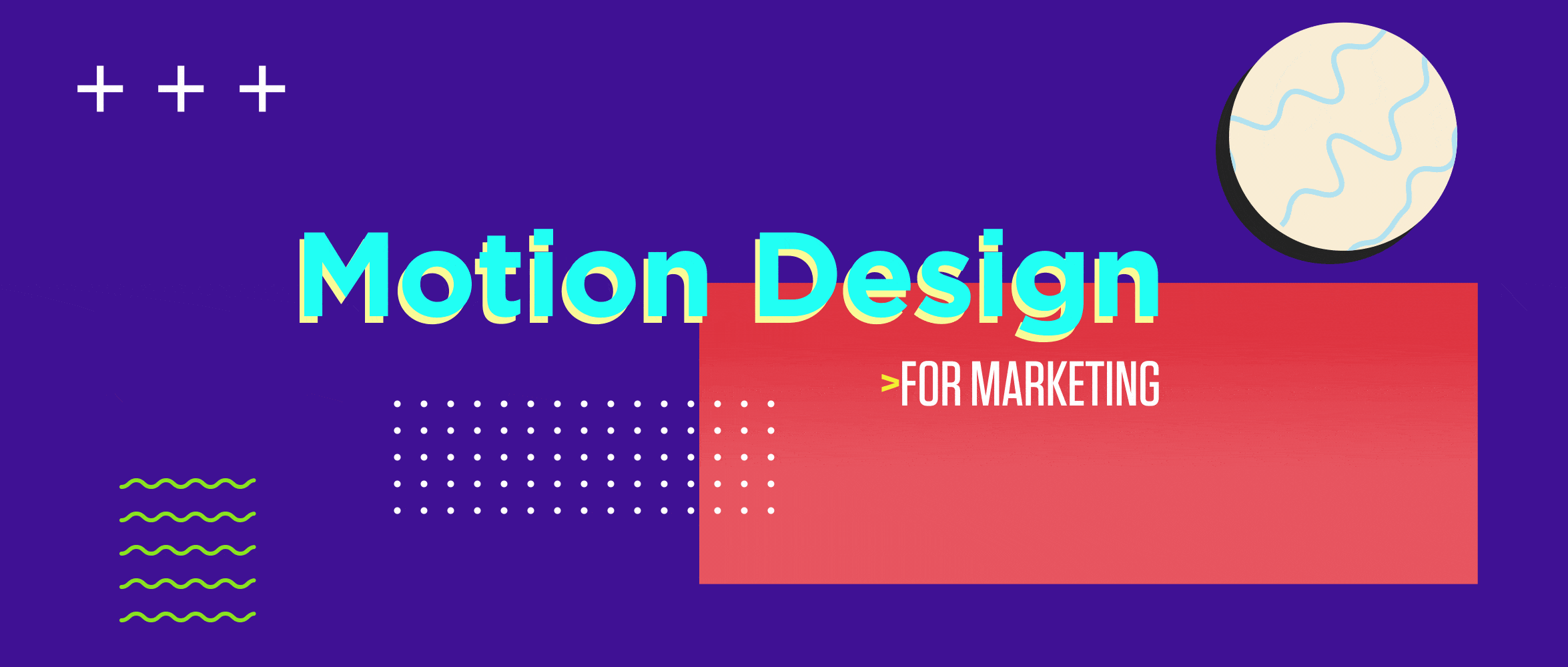It’s a fact: Video content sells.
The numbers back it up. Let’s start here: According to Hubspot’s 2019 Marketing Statistics, over 50% of consumers prefer video content over all other forms of content, including email, blogs, and social. And that’s just the beginning.
- Product videos can increase purchases by 144%. (Neil Patel, 2017)
- 62% of people said they were more interested in a product after seeing it in a Facebook Story. (Marketing Land, 2018)
- Video drives a 157% increase in organic traffic from SERPs. (Wordstream, 2018)
If you haven’t seen it for yourself yet, video content is dominating the Internet. Not long ago, shareable content like infographics and captioned photos ruled online marketing. But with the rise of online video in recent years, the landscape has evolved to include motion graphics and other video content.
What are motion graphics anyway?
Motion graphics (or mograph, or motion design) are a combination of graphic design and filmmaking. By bringing life to design layouts and leveraging the storytelling principles used by filmmakers, motion graphics are a new(ish) video format that enable marketers to communicate complicated topics quickly, while fully engaging their audiences in the medium they prefer. Oftentimes, they are more cost effective than a full-blown live action production so they’re a great first step for companies looking to test out new types of engagement.
A few examples of motion design include animated titles for TV shows and movies, GIFs, commercials, and Internet explainer videos, to name a few. You could say we’ve done a few motion graphic videos here at ANDERSON.
When should I use motion graphic videos in marketing?
Use them pretty much anytime you want to get attention. Here are a few examples:
Explainer Videos
Essentially animated infographics, explainer videos are becoming the gold standard for a brand’s first impression to a consumer. By leveraging existing graphic assets or even designing new ones from scratch, explainer videos have a low barrier to entry and are highly engaging.
GIFs
GIFs are easily shareable, quick to digest, and fun. Using on-brand motion graphic GIFs as a part of a larger social or content marketing strategy will improve performance metrics over a strictly static image portfolio.
Commercials
Motion graphics have a place in the traditional TV commercial field, both as stand alone animation pieces and as part of a greater production with live action footage. The flexibility of motion design allows for greater artistic expression and style, making a production distinctly on-brand and allowing the exploration of more abstract and fun concepts.
Social media stories
Many brands have already begun to leverage stories in their social media strategy to great success, creating engaging content their audience is excited to see. By developing a library of on-brand motion graphics assets, social media content creators can quickly put together high quality branded video stories, creating a more exciting and engaging experience for their audience.
In summary
Motion design is a rapidly growing creative medium, with incredible potential for brands to create high quality, engaging, and informative content their audiences are excited to see. With the statistics all pointing towards video content driving audience engagement, there’s never a better time to engage a motion designer team and begin incorporating motion graphics into your marketing strategy.
